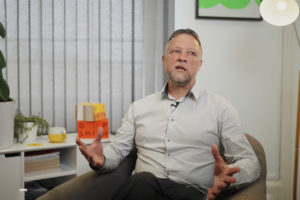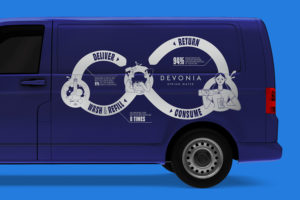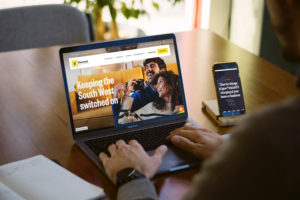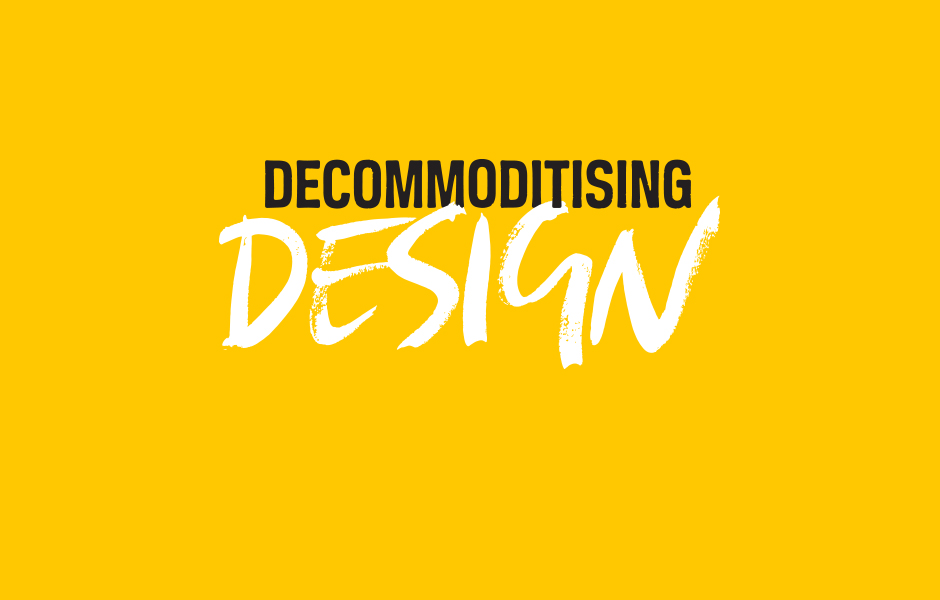
Milk. Rice. Coal. All can be bought from different manufacturers, producers and retailers but, at a basic level, they are effectively exactly the same and provide the same level of quality.
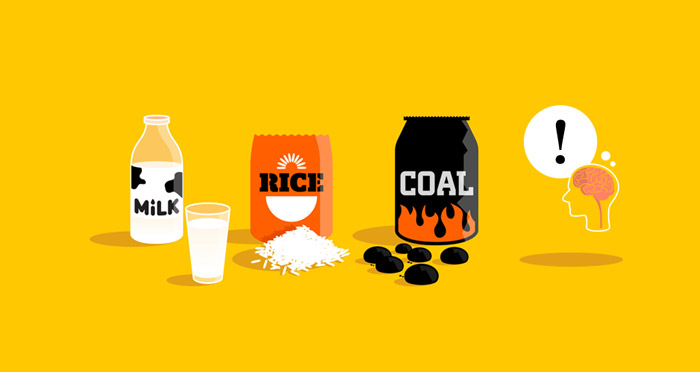
Design, however, is a creative process and that the process and subsequent outcome will vary from one designer to another according to a wide range of variables: status, expertise, experience and more.
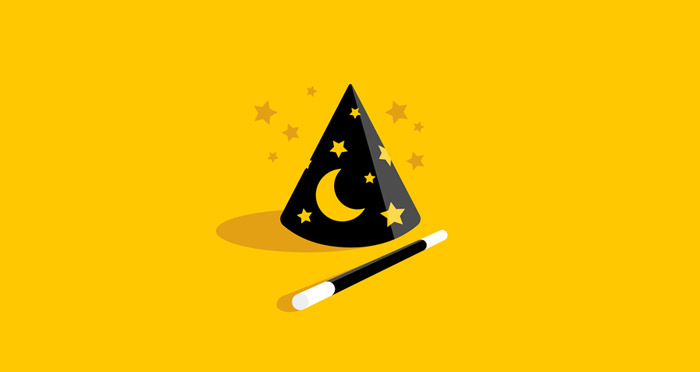
In creative or complex roles like design we often hide the process, skill and hard work that goes into what we do. But in doing so we hide the magic and, without a glimpse of that magic, how can we expect someone to trust that what we do is valuable?
When design feels like a commodity
Without prior experience or expectations, when a client sees that they can procure a logo from a designer through an online crowdsourcing competition for £99, for example, why wouldn’t they?
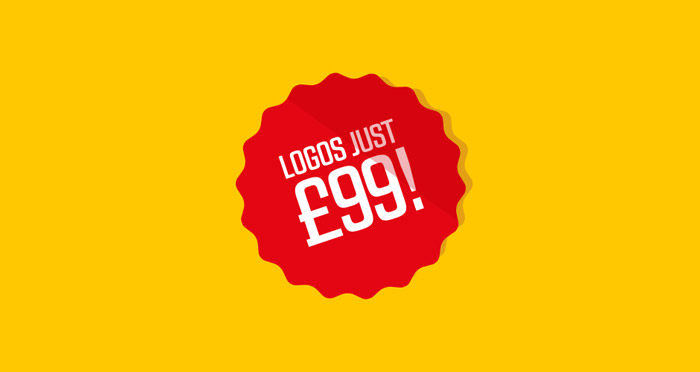
They are told that a logo costs £99 (like a pint of milk costs 50p) so £99 is the value of what they think they are looking for. So if I quoted that client £5,000+ to design & develop their identity, judging purely on price they would almost certainly be put off accepting the quote.
But if I’m able to communicate some of that ‘magic’ – my experience, my process, my skill and the time I’ll pour into solving their problem, that’s different.
If I can get alongside them, understand their needs, ask the right questions and drive them towards a bespoke, creative solution, that’s different.
If I can highlight the results that a good quality logo and considered brand identity can help bring to a business – recognition, trust, confidence, desire – and how these can lead to increased business success, that’s different.
“All words are made up until someone makes them official”
Building bridges. Highlighting value. Demystifying the unknown.
That’s decommoditising design.
The more the client can see the possibilities, the more valuable design becomes in their mind and the more involved they feel. The more involved they feel, the more excited they become and the more comfortable (or enthusiastic) they feel about investing because the return will be greater. It benefits them. It benefits me. It benefits the design industry.
Suddenly the online crowdsourcing option seems a lot less valuable. Hopefully.
Building bridges. Highlighting value. Demystifying the unknown. That’s decommoditising design.
Raising the bar
And it’s not just in our direct conversations with clients. As designers, do we keep up to date with industry news and standards, offering our own opinions and perspectives on social media and blogs? Do we strive to continually improve our skills? Do we position ourselves as experts? Do we price our service according to value/skill/experience/reputation or do we offer price matching and bargain hourly fees? Do we sometimes just say no?
I believe it’s particularly important to stand up for our industries locally – raising the bar in terms of the local business community’s expectations and understanding of what we can achieve together.
So how do we practically decommoditise our roles in design (or development, photography, illustration etc.)?
1. Know your value.
What is the actual financial worth of what you’re offering to your client? If not financial, what is the benefit to them of a service delivered? If you’re quoting them, quote accordingly. Do your research – what might they be quoted if they went to a competitor? You can research this kind of thing. The more you can explain the benefits, the more valuable you become.
2. Communicate your value.
Always talk in terms of it! Write about it. Research it. Share it. Be known as that person who knows what they’re talking about, not just another ‘smash it out’ practitioner.
3. Live your value.
Stay passionate about what you do. People working in creative and digital roles, generally work in vocations – we chose this! Keep on top of your game, be authentic, have integrity and don’t stop learning. Your industry depends on it.
__
This is an article written based on the talk I delivered on this subject at Digital Plymouth, March 2016. The video of the whole talk can be found below if you’d prefer to watch!


